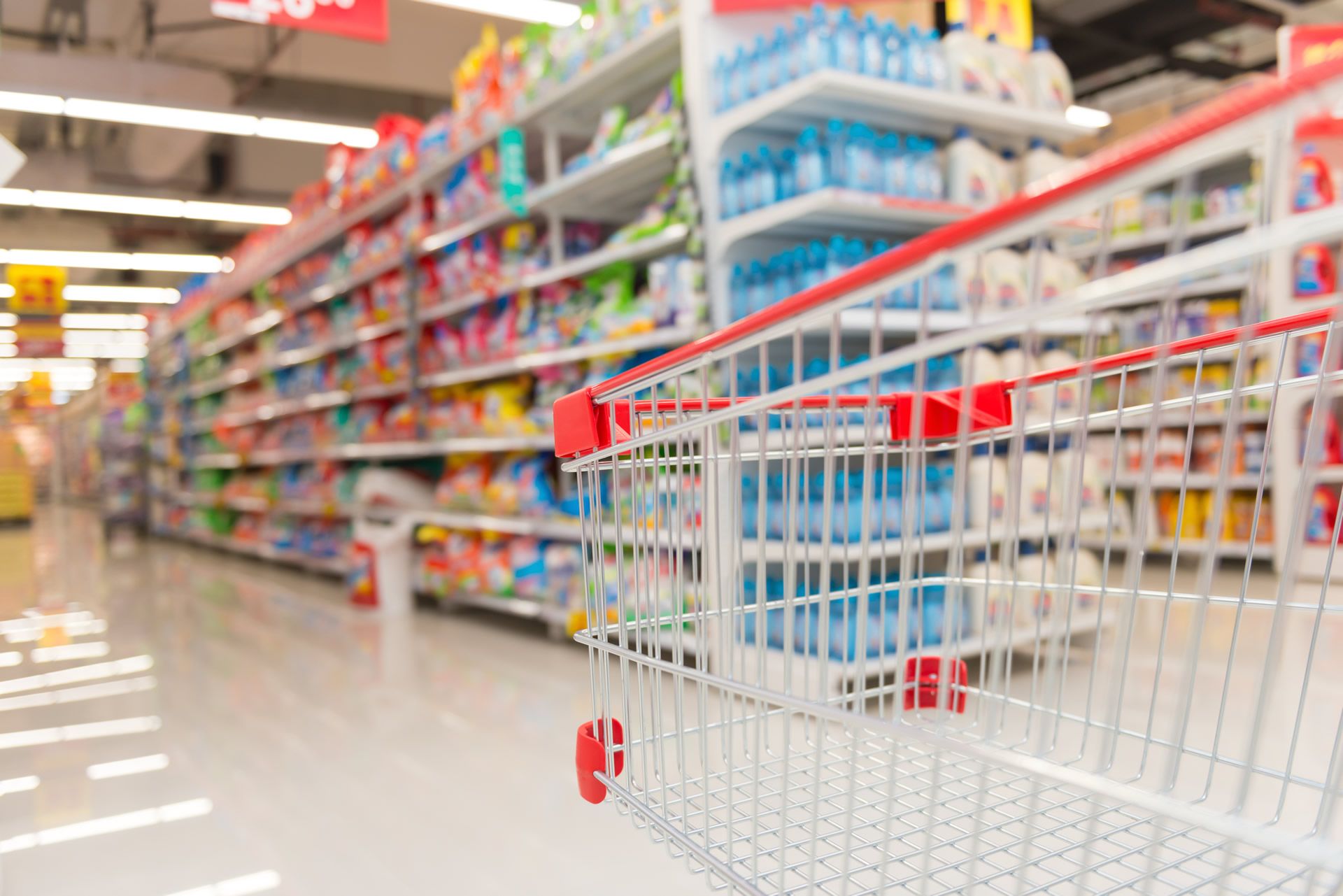Waste
Or, 8,000 tonnes of misguided hope.

Like so many Australians, I’m frustrated by our seeming inability to recycle properly. And I don’t mean on the individual level. If anything, our experience with the ill-fated RedCycle scheme has taught us that, generally speaking, we’re a diligent bunch, willing to do our bit for the planet – including taking our plastic packaging back to the place we bought it from.
What I’m looking for is a functional system. I want those profiting from the production and sale of plastic packaging to be held accountable for its fate.
Last week in NSW, Coles and Woolworths – our two top supermarket chains – were ordered to pay the costs of transferring 5,000 tonnes of soft plastic to landfill. On one level, this is a good step because it puts the responsibility for the backlog of plastic we all sent to RedCycle firmly on the supermarket giants’ shoulders. But it’s a tragedy too. All that conscientiousness – including, if you were anything like me, washing and drying the plastic packaging – hinged on the sense that we were doing the right thing. It’s heartbreaking to realise that it’s all for nought.
The 5,000 tonnes of landfill-bound soft plastics in NSW are only part of this problem. There are 3,000 more tonnes stockpiled in warehouses in Victoria and South Australia too, every piece of which is likely to end up in the ground.
The supermarkets say that they’re trying to fix the problem. Coles and Woolworths have both committed to making all of their ‘own brand’ packaging recyclable by 2025. They have signed the ‘ANZPAC Plastics Pact’ that is designed to reduce single-use plastic packaging across Australia, New Zealand and the Pacific. Here are the ANZPAC targets:
- Eliminate unnecessary and problematic plastic packaging through redesign, innovation and alternative (reuse) delivery models.
- 100 percent of plastic packaging to be reusable, recyclable or compostable by 2025.
- Increase plastic packaging collected and effectively recycled by at least 25 percent for each location within the ANZPAC region.
- Average of 25 percent recycled content in plastic packaging across the region.
The pact is a glimpse of fresh hope and, I have to admit, 2025 isn’t that far away.
Our region is not the only one working to improve recycling of plastic waste. According to this feature from the Yale School of the Environment, the EU has set a target for recycling 50 percent of plastic packaging by 2025 – not as ambitious as the 100 percent in the ANZPAC targets but a starting point nevertheless.
Targets are helpful, but how will they be met? Personally, I like the idea of making producers more accountable. Supermarkets could demand that their suppliers use 30-50 percent recycled material in their packaging, just like they demand that fruit and vegetables meet certain standards. Legislation may also be an option. For example, in 2021, the Maine Department of Environmental Protection in the US started making producers pay the costs of recycling packaging from their products.
Initiatives like these will make producers think twice about the amount of packaging they use. Ultimately, the costs will be pushed back onto the consumer. But when I consider that, currently, the best alternative I can find is schlepping around to expensive bulk stores with my jars and containers, I’d be open to paying extra just for convenience.
Whatever happens, we’re all in it together. The choices that we make as consumers influence what the producers sell us, and our voices resonate. You need only read the Woolworths Sustainability Report to understand that they are listening. So let’s speak. For a start, let’s reach out to the CEOs of Woolworths and Coles – or the supermarket giants in your part of the world – and ask them what they’re doing to make their suppliers accountable.
In the meantime, here’s hoping you can find plastic-free or recyclable packaging options in a supermarket near you.

